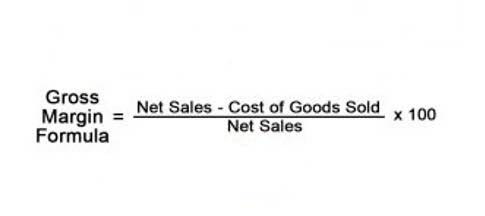
Additionally, it doesn’t completely prevent accounting errors from being made. Even when the balance sheet balances itself out, there is still a possibility of error that doesn’t involve the accounting equation. To understand the accounting equation better, let’s take a few practical transactions and analyze their effect. Creating the balance sheet statement is one of the last steps in the accounting cycle, and it is done after double-entry bookkeeping.

The equation is generally written with liabilities appearing before owner’s equity because creditors usually have to be repaid before investors in a bankruptcy. In this sense, the liabilities are considered more current than the equity. which of the following is the basic accounting equation? This is consistent with financial reporting where current assets and liabilities are always reported before long-term assets and liabilities. To begin with, it doesn’t provide an analysis of how the business is operating.
Understanding the Accounting Equation
It’s extremely important for businesses in that it provides the basis for calculating various financial ratios, as well as for creating financial statements. A company’s liabilities include every debt it has incurred. These may include loans, accounts payable, mortgages, deferred revenues, bond issues, warranties, and accrued expenses. In this form, it is easier to highlight the relationship between shareholder’s equity and debt (liabilities).
If a business buys raw materials and pays in cash, it will result in an increase in the company’s inventory (an asset) while reducing cash capital (another asset). Because there are two or more accounts affected by every transaction carried out by a company, the accounting system is referred to as double-entry accounting. For a company keeping accurate accounts, every business transaction will be represented in at least two of its accounts.
Accounting equation:More examples and explanation
The revenue a company shareholder can claim after debts have been paid is Shareholder Equity. The accounting equation states that the amount of assets must be equal to liabilities plus shareholder or owner equity. Taking time to learn the accounting equation and to recognise the dual aspect of every transaction will help you to understand https://www.bookstime.com/articles/completed-contract-method the fundamentals of accounting. Whatever happens, the transaction will always result in the accounting equation balancing. Now, these changes in the accounting equation get recorded into the business’ financial books through double-entry bookkeeping. As we previously mentioned, the accounting equation is the same for all businesses.
- Because of the two-fold effect of business transactions, the equation always stays in balance.
- Cash (asset) will reduce by $10 due to Anushka using the cash belonging to the business to pay for her own personal expense.
- Liabilities are debts (aka payables) that you owe to others.
- Even when the balance sheet balances itself out, there is still a possibility of error that doesn’t involve the accounting equation.
- This business transaction decreases assets by the $100,000 of cash disbursed, increases assets by the new $500,000 building, and increases liabilities by the new $400,000 mortgage.
Its applications in accountancy and economics are thus diverse. The balance sheet equation answers important financial questions for your business. Use the balance sheet equation when setting your budget or when making financial decisions. Metro Courier, Inc., was organized as a corporation on January 1, the company issued shares (10,000 shares at $3 each) of common stock for $30,000 cash to Ron Chaney, his wife, and their son. The $30,000 cash was deposited in the new business account.



No comments yet.